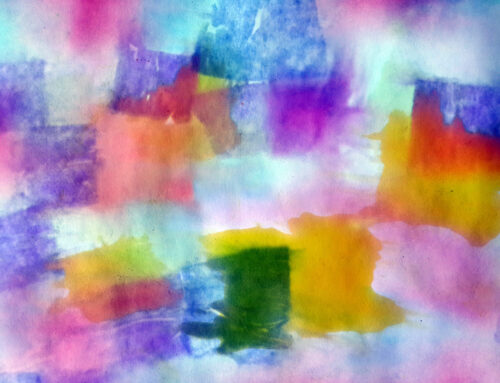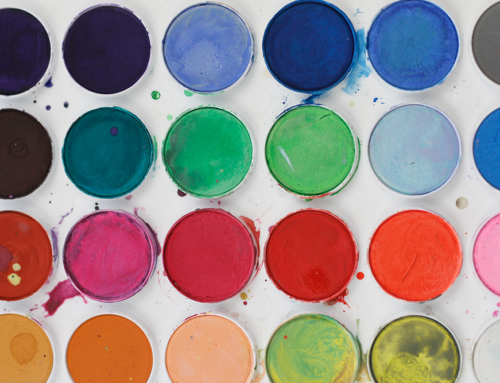During the ambivalent and confusing years of adolescence, teenagers have a strong desire to express themselves, though they may resist authority and be wary of talking to adults.
Emotions get bottled up and expressed in angry outbursts or other unhealthy ways. Art therapy offers an indirect and non-threatening way of self expression, while giving teenagers a sense of control and autonomy in a world that may not always feel comfortable. Offering this control to a teen may allow for a therapeutic relationship to build more easily, thus creating a foundation for deeper exploration and access to the teenager’s inner world. During this time of emerging independence, it is important for the teen to feel empowered and heard.
Art therapy offers a pleasurable experience, which may be in contrast to what a teenager expects to encounter in therapy. Imagery allows for metaphorical and symbolic communication, enabling access to difficult topics that may otherwise be censored or avoided in traditional talk therapy.
Teenagers are image conscious and their idea of talk therapy has largely been influenced by popular culture. They are often resistant to it because they do not want to be perceived as “crazy.” Art therapy is something different and they frequently approach it without any preconceived ideas. Art therapy offers teens an opportunity to externalize internal stress, develop individuality and self-esteem, creatively problem solve and communicate honestly and meaningfully through their personal imagery.






